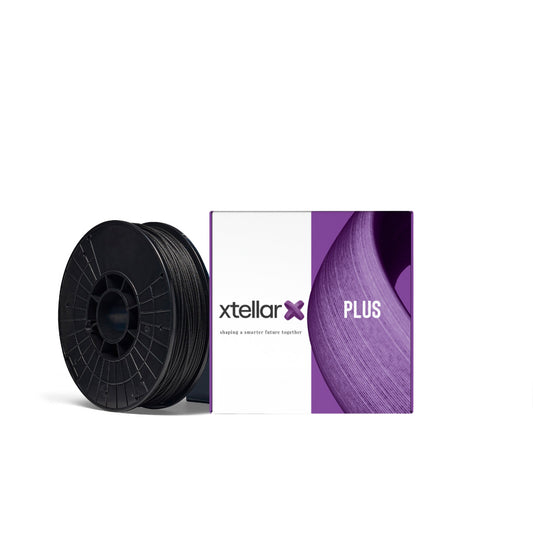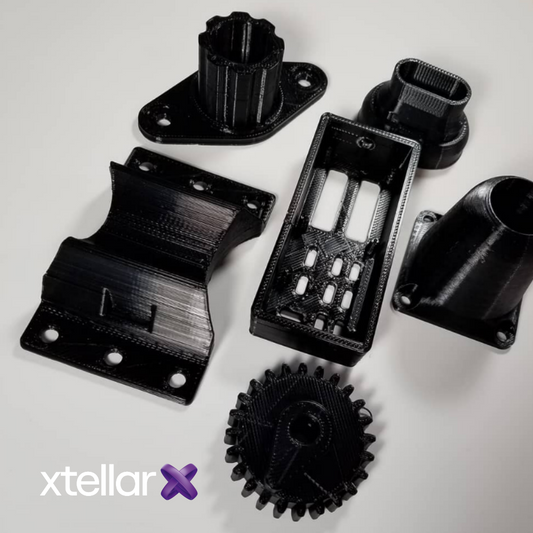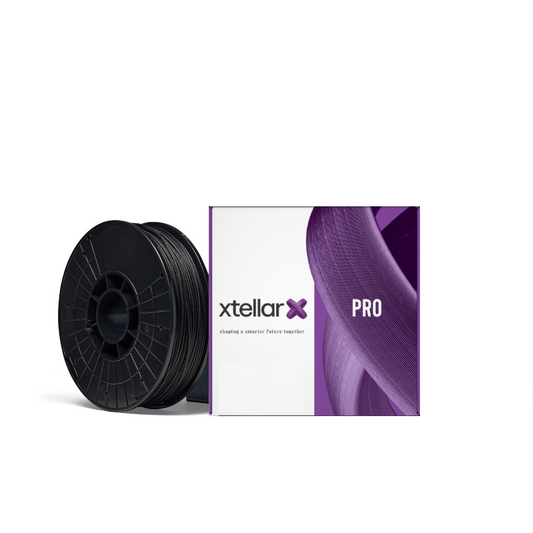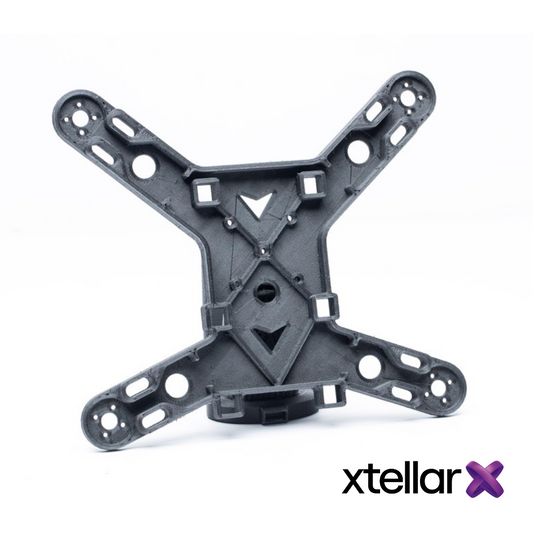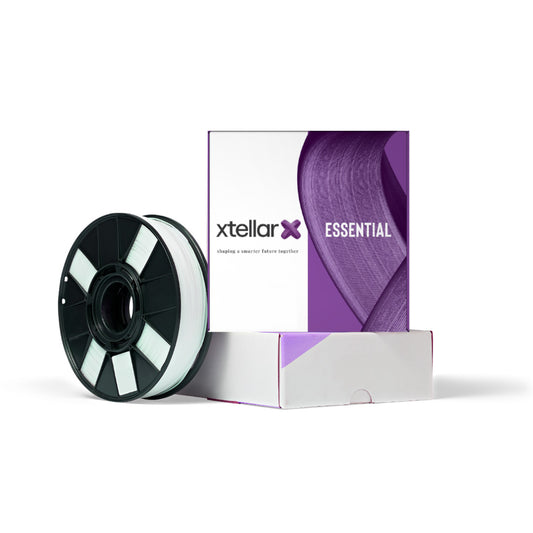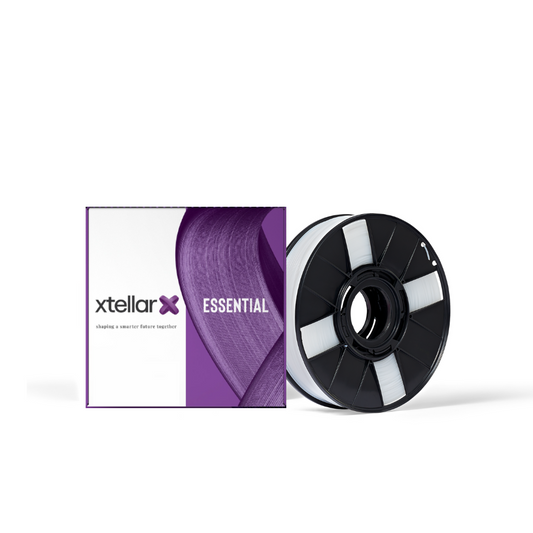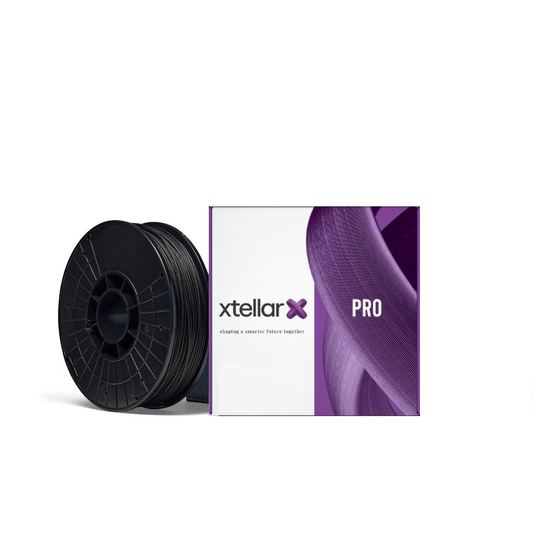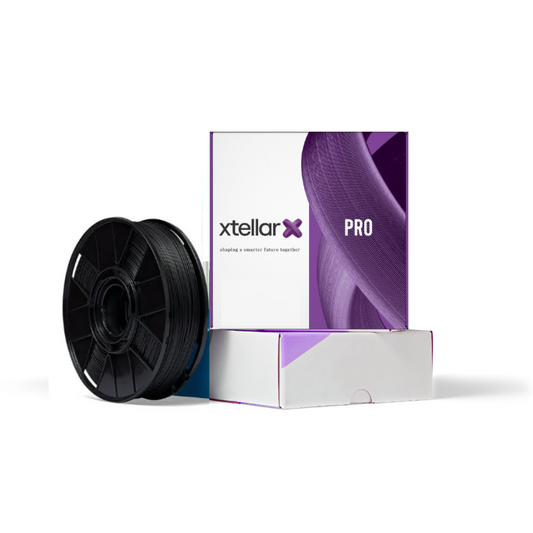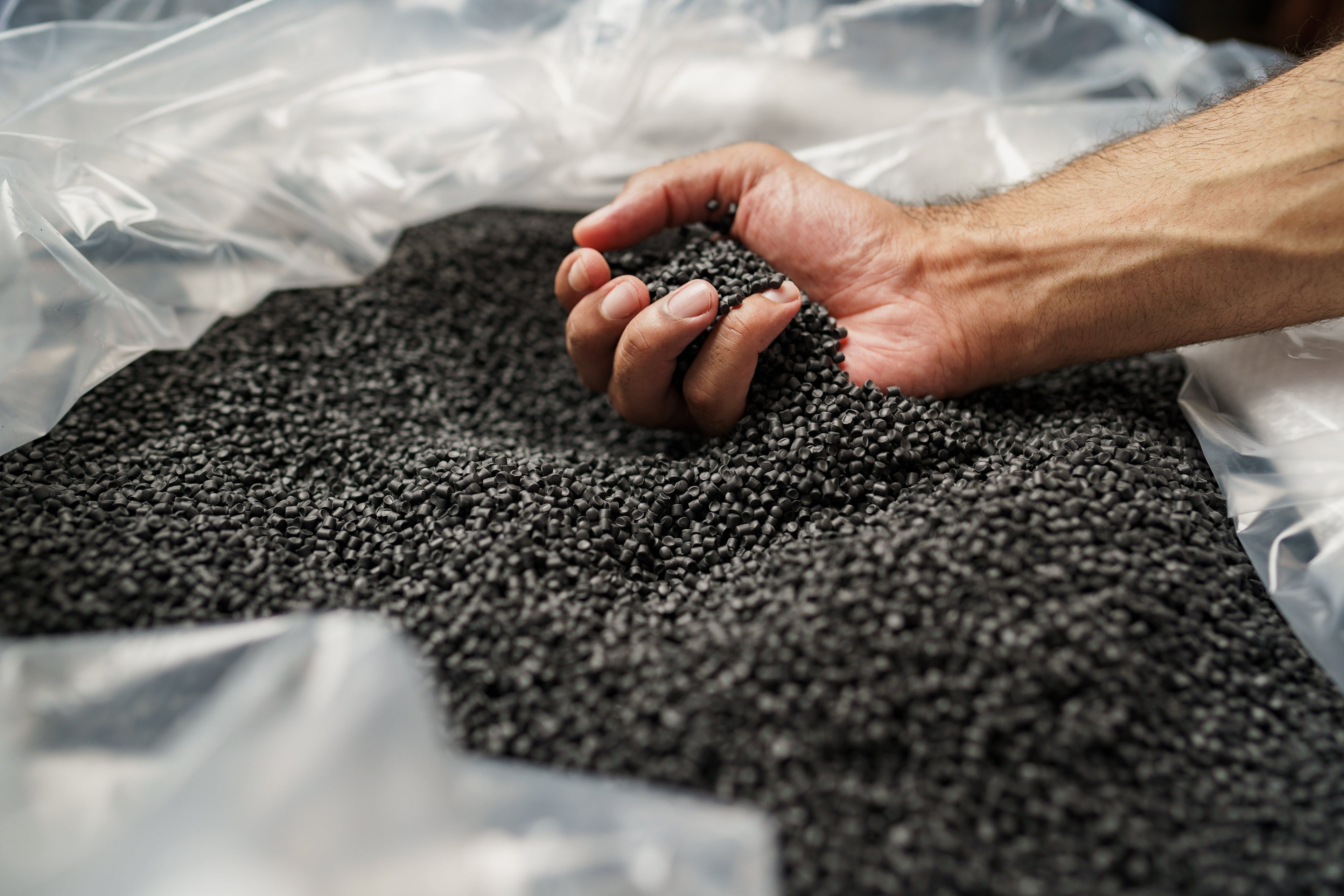
A Leader in 3D Materials Innovation
Now get 10% off orders over $200 on our new site!
Shop by Material Type
-
PLA & PETG
Unlock the potential of your 3D printer with our high quality and...
-
Polypropylene
Forget what you thought you knew about 3D printing with Polypropylene (PP)....
-
Polyethylene
One of the most commonly used polymers for traditional manufacturing processes such...
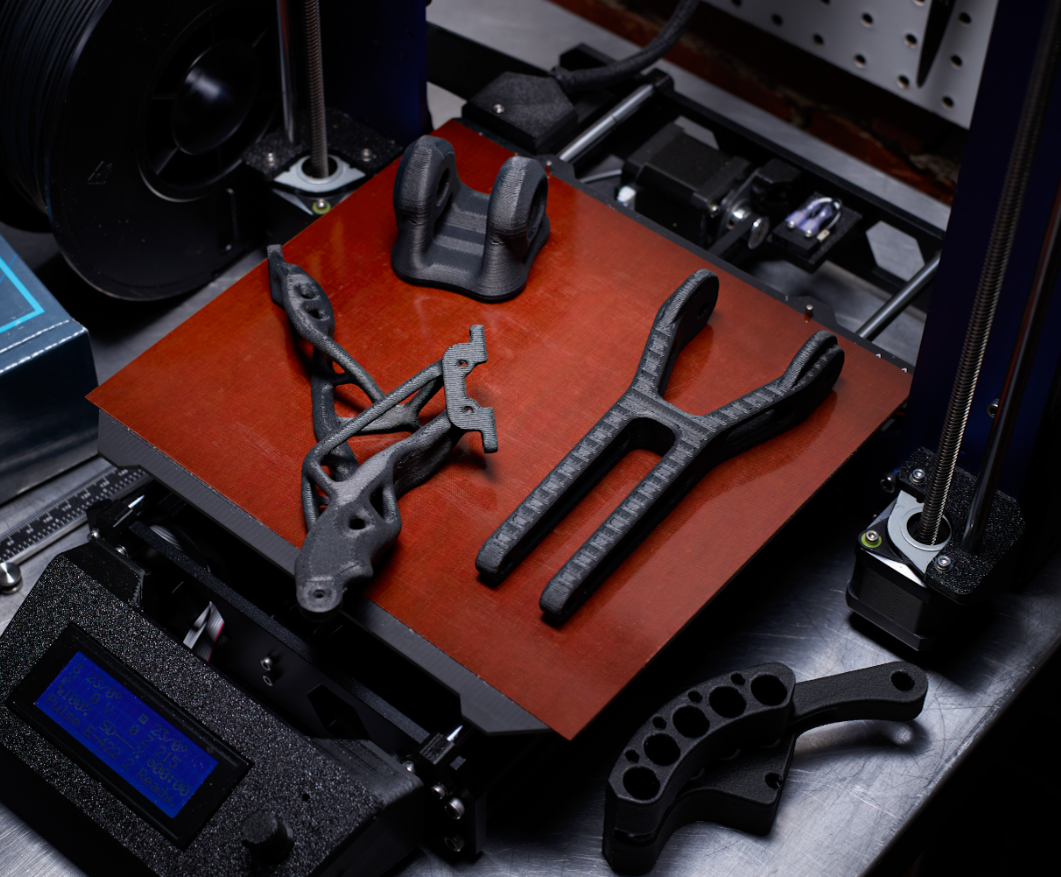
SHAPING A SMARTER FUTURE TOGETHER
Our mission is to bring your projects to life by developing material solutions that match your needs. We seek to unlock new materials that will break innovation barriers in additive manufacturing, bringing unlimited possibilities.
Featured products
-
Alloy 910 Nylon Filament
Regular price From $40.00 USDRegular priceUnit price / per -
Carbon Fiber Nylon Filament
Regular price From $44.00 USDRegular priceUnit price / per -
Bio-Based Flexible EVA Filament
Regular price $49.00 USDRegular priceUnit price / per -
Carbon Fiber PP Filament
Regular price From $65.00 USDRegular priceUnit price / per

PROFESSIONAL GRADE 3D MATERIALS
We offer one of the industry's largest selections of professional grade materials for 3D printing applications. Our materials are engineered to cover a wide range of applications such as; automotive, aerospace, healthcare, marine, consumer and packaging, please contact us to learn more.
-

FAST SHIPPING FOR IN STOCK ITEMS
-

LOW MINIMUM ORDER QUANTITIES
-

SECURE PAYMENTS
-

ON DEMAND SUPPORT

